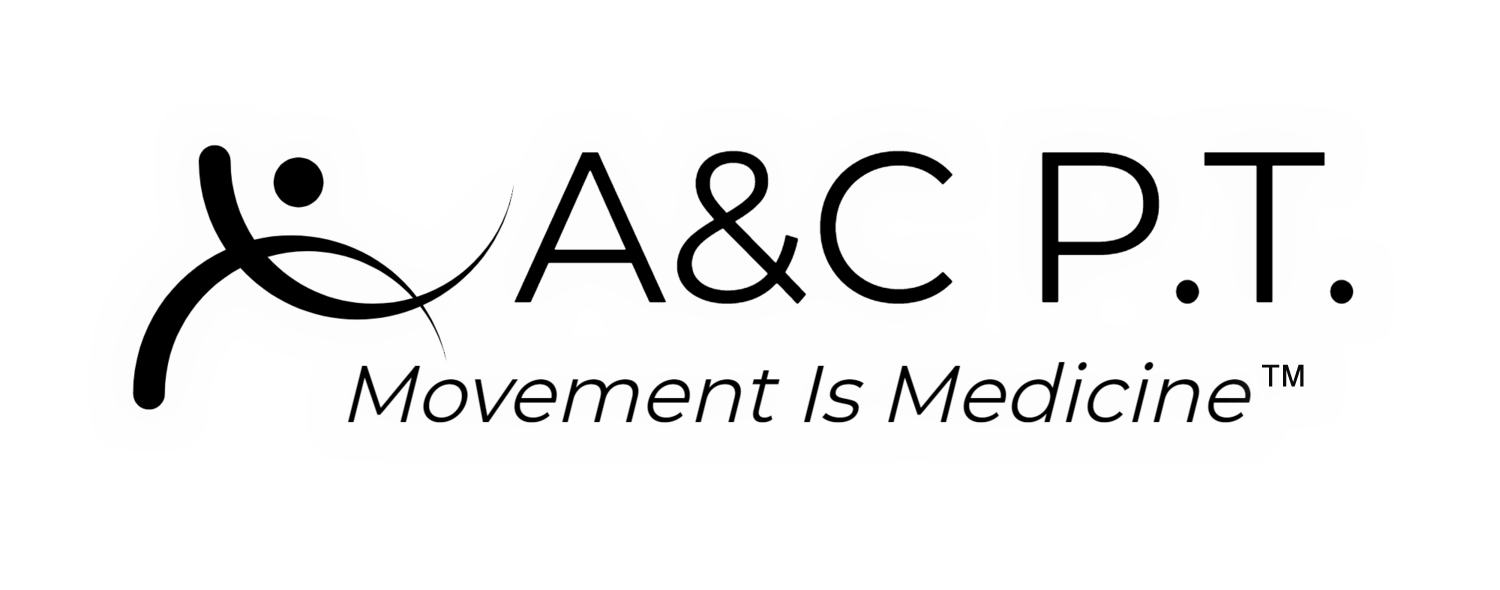A muscle that plays a huge role in the spine, hip, knee, ankle & foot pain. The gluteus medius attaches from your ilium to the greater trochanter & its main action is hip abduction + extension for hip stabilization.
In physical therapy, we can independently assess your gluteus medius through muscle strength tests, adding resistance to your leg and watching how you walk to see if you have a “Trendelenburg Gait.” This means your gait may look like a catwalk with your hips swaying & dropping the opposite hip. Typically with gait, the goal is for your hips to remain level with each step so that you are not compensating such as leaning your body to maintain a center of gravity for balance.
Much research has linked gluteus medius injuries or weakness, to the low back, hip, SIJ, knee, ankle, & foot pain, as it is a huge contributor to influencing load through all these joints with functional movements. This link is an example of “regional interdependence,” where improper biomechanics of one area can impact an area that may seem unrelated.
Glute bridges:
Electromyography research has shown that supine glute bridges highly isolate gluteus medius activation. Find a flat surface to lay on, bend your knees roughly 135 degrees. Having it at this degree rather than 90 will help bias glute activation rather than hamstrings. Use your glutes to lift your hips off the floor; it helps to imagine pushing off the floor with your heels! If that’s easy, then progress to single-leg glute bridges in the same setup but keep one knee straight & off the floor (match the thigh height of your elevated leg to your planted leg the entire time).

